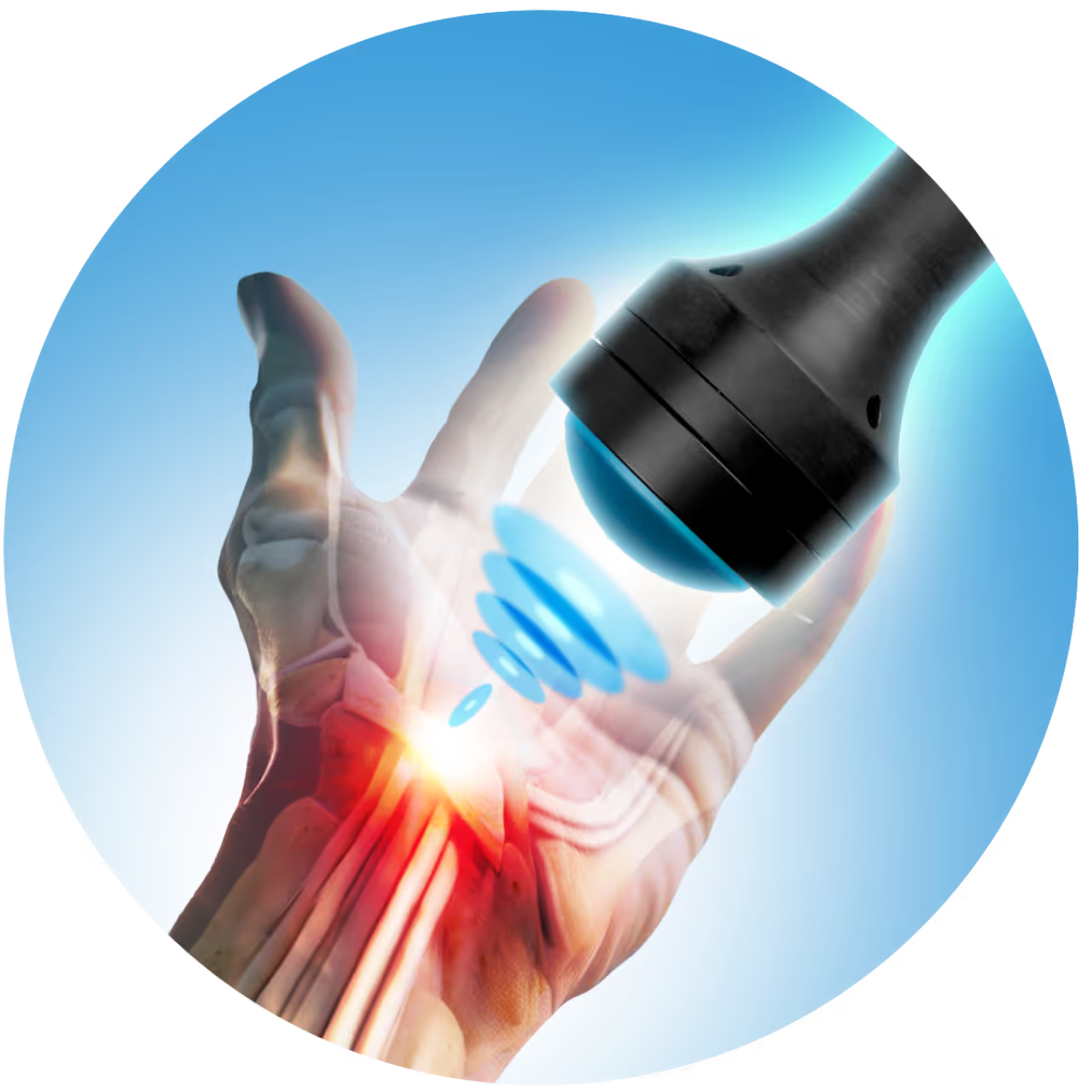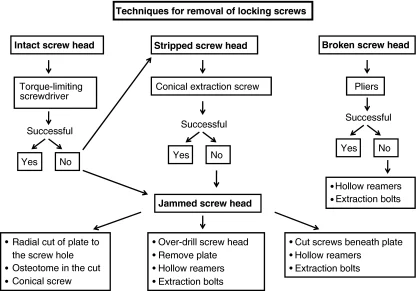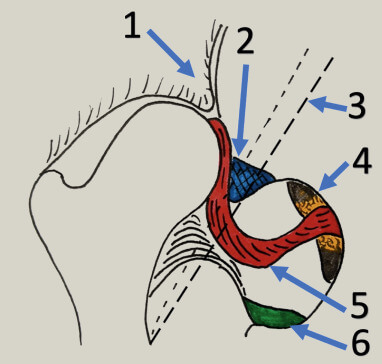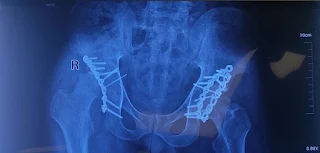Today was one of those surgeries that stays with you not just for the technical challenge, but for what it teaches you as a growing orthopedic surgeon. Our patient was a 30-year-old male with painful AVN of the femoral head, years after an acetabular fracture that had been treated with…

Extracorporeal Shock Wave Therapy (ESWT): a modern non-invasive technology for the treatment of pain syndromes and musculoskeletal disorders
Extracorporeal Shock Wave Therapy, commonly known as ESWT (Extracorporeal Shock Wave Therapy), has become one of the most effective non-invasive technologies in modern medicine. It enables the treatment of a wide range of conditions without surgery, injections, or long recovery periods. Its popularity continues to grow among orthopedic doctors, neurologists,…

How Abortion Pills Work: Simple Mechanism and Timeline
In this initial phase, anxiety or tightness in the chest is quite normal, considering the feelings abortion pills evoke initially; they certainly can be overwhelming. The weight of everything gets heavier with the unknowns. But calm, clear guidance helps ease that tension, explaining what your body might do, how the…

When Locking Screws Refuse to Budge – Techniques for Removing Jammed or Stripped Screws
Written on August 10, 2025 And once again, today’s case reminded me that removing orthopedic implants can be more challenging than inserting them – especially when faced with a stubborn, stripped or jammed locking screw. We operated on a 25-year-old female with a united distal radius fracture, aiming to remove…

Varicose Vein Treatments That Ease Pain and Swelling
Varicose veins are more than just a cosmetic concern—they can also cause discomfort, pain, and impact our overall quality of life. Metro Vein Centers help shed light on effective treatments that not only improve the appearance of varicose veins but also relieve the symptoms associated with them. By understanding the…

Obstacles to reduction in Developmental Dysplasia of Hip (DDH)
Extra-articular obstacles: Secondary muscle shortening due to hip in subluxed/dislocated position Intra-articular obstacles: Results in decreased volume of the acetabulum

Why Altruism Psychology Matters: The Science Behind Selfless Behavior
Altruism psychology centers on the concept of acting to benefit someone else at a cost to oneself. Researchers define this behavior as helping others without obvious external rewards for the helper. Studies show that individuals who engage in altruistic behaviors experience increased happiness and a sense of purpose. The research…

Classifications of Sequelae of Septic Arthritis of Hip in Children
Several radiological classifications have been developed to describe the long-term changes in the hip following septic arthritis and to help guide management. Hunka classification Choi classification Forlin and Milani classification Grade 1: Hips with the head or the femoral neck within the acetabulum Grade 2: Hips are dislocated Johari classification…
